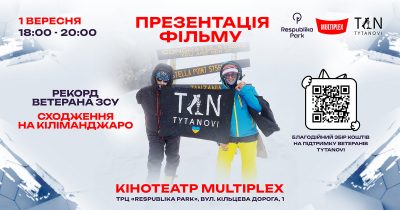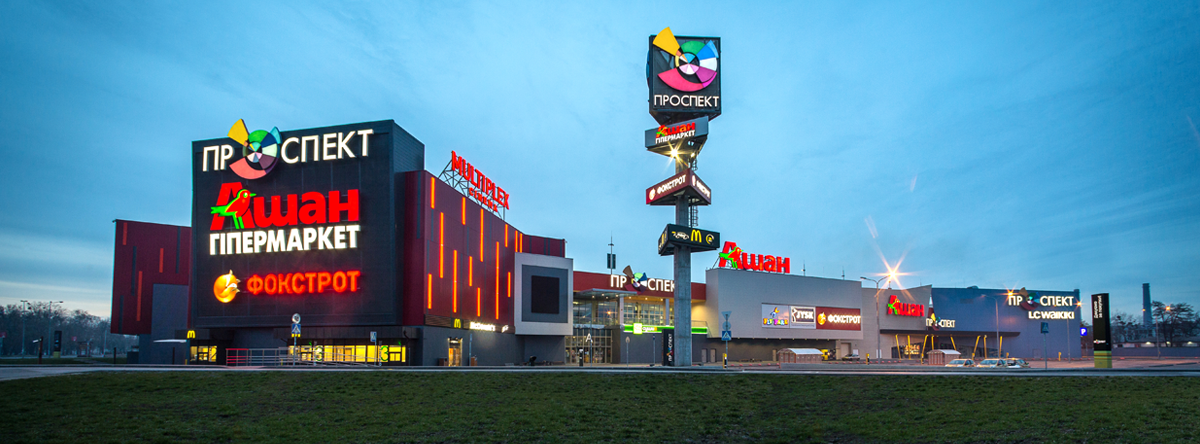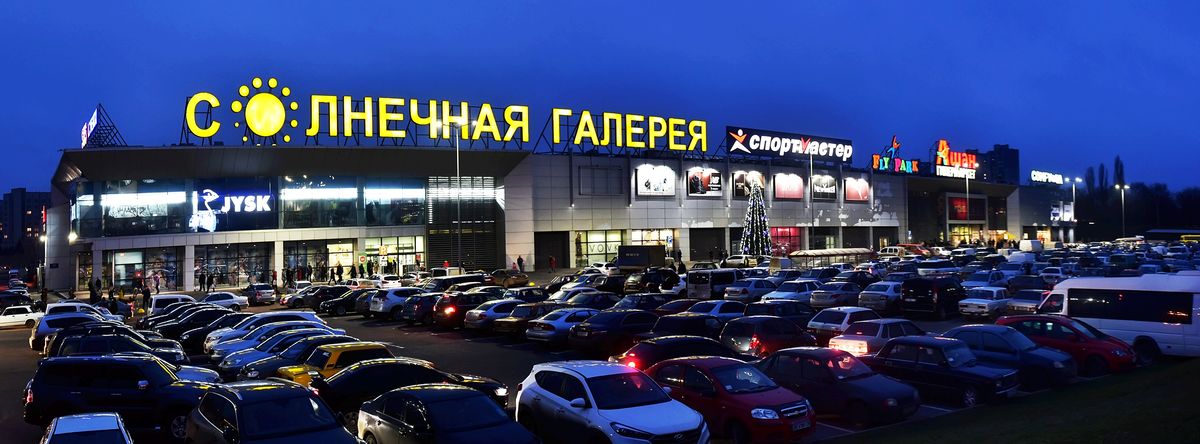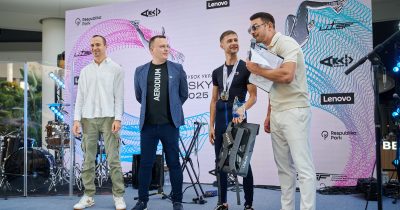
Respublika Park shopping mall presents documentary film about veteran Stepan Korobkin who conquered Kilimanjaro


 18.10.2021 07:45
18.10.2021 07:45Marharyta Danylets, Arricano Digital Manager talks about testing the Eskimi DSP programmatic advertising and about the Arricano digital course for a year.
The first and most important thing in the digital program of the mall is to build a social media marketing funnel. That is, the user’s path on the page and their interaction with the page. And these are: like, comment, repost or tag. However, no matter how many interactions there are in digital, the main value for offline retail is to bring the user from online through several touch points with a message to offline, as well as to consolidate the brand of the shopping mall in the user’s mind.
To implement this process, we regularly test, analyze and organically integrate various tools in digital communications. I want to share several effective cases that work in conjunction with Google’s local and video campaigns, Google Display Network and adaptive ads, SMS mailings for narrow segments and point offers through aggregator applications.
For example, an exclusive offer from the il Molino restaurant for users who traveled to the point of the Prospekt shopping mall on the Birthday of the shopping mall using the Uklon application. As a result, all participants were offered a nice bonus in the form of free pizza. This method of a cross-brand bonus program for users with long-term planning develops a bundle: “always bonuses or gifts when Uklon + Prospekt”.

In 2021, we tested the work of the Eskimi DSP programmatic advertising, which provides the possibility of footfall tracking among those who saw the advertisement. That is, tracking offline visits to the shopping mall among those who saw the advertising banner. Eskimi DSP is already actively working with brands in Ukraine, with its help it is convenient to launch software campaigns using various advertising formats. At Arricano, we cooperate with AdPartners, using a programmatic advertising technology similar to google – placing advertising platforms using SSP exchanges (Eskimi has about 45 or more exchanges). Eskimi DSP regulates bids and requirements for the target audience. To understand the mechanics of footfall tracking: platforms record the geolocation where the application or website was launched, after which they collect data and compare it with the destination point at the next launch.
Eskimi DSP does not collect personal data of users, but only indirect data – location, device characteristics, browsing history. No information collected makes it possible to identify a specific person and find out their name, phone number and other data that fall under the category of “personal” according to GDPR.
We tested this tool on advertising campaigns for three Arricano projects: “Prospekt” shopping mall in Kyiv, “RayON” and “Sun Gallery” shopping malls in Kryvyi Rih. We chose event marketing as our messages. There were several tasks: a test of the coverage channel and interactions, tracking users at the event and, of course, a study of the target audience.
The input data for Kyiv was as follows: the breakdown of the target audience and the limitation of the frequency of the display by coverage areas, devices – smartphones and tablets, excluding PCs.

The input data for the Kryvyi Rih object were somewhat different: only geolocation by city, similar to targeting campaigns on Facebook.
The results made us smile, fix the numbers and go back to testing new formats when using this tool:
In the Sun Gallery shopping mall, the percentage of visits from the amount of all marked visitors within the campaign on the day of the event is the highest – 15.4%.
Since most SSP exchanges offer placement of advertisements on sites such as applications (most often these are games), it was interesting to find out that the most interactive audience among those who provided their age data – about 56% of those covered and 38% of those involved – are people 45-64 years old, immediately followed by young people 18-24 years old as part of the Prospekt shopping mall campaign.

Taking into account our achievements and test results, in 2022 we plan to continue working with Eskimi DSP not only according to the standard scheme of using the programmatic advertising as a channel for coverage, but also in the development of interactions in the construction of funnels, tracking devices. We also plan to test the format as a platform for advertising on the territory of the shopping mall, audience analysis through fun and interactive materials on narrow parameters through the Rich Media format.
The 2021 course for digital manifestations of the Arricano’s objects is interactions and KPIs based on compiled ER, which takes into account the priority and share of engagement and coverage of each channel. This tool also provides an opportunity to increase clickability, involvement in materials that become another “touch”.
The strategy of Eskimi EPS and Google ads for our segment is complementarity, since the tools assume different results for different purposes.
I believe that new digital products or updated versions will appear next year. This means that we will keep our finger on the pulse to implement innovations in our program. After all, social networks and likes are only 1 touch point, but we are aimed at expanding clickability placements.





